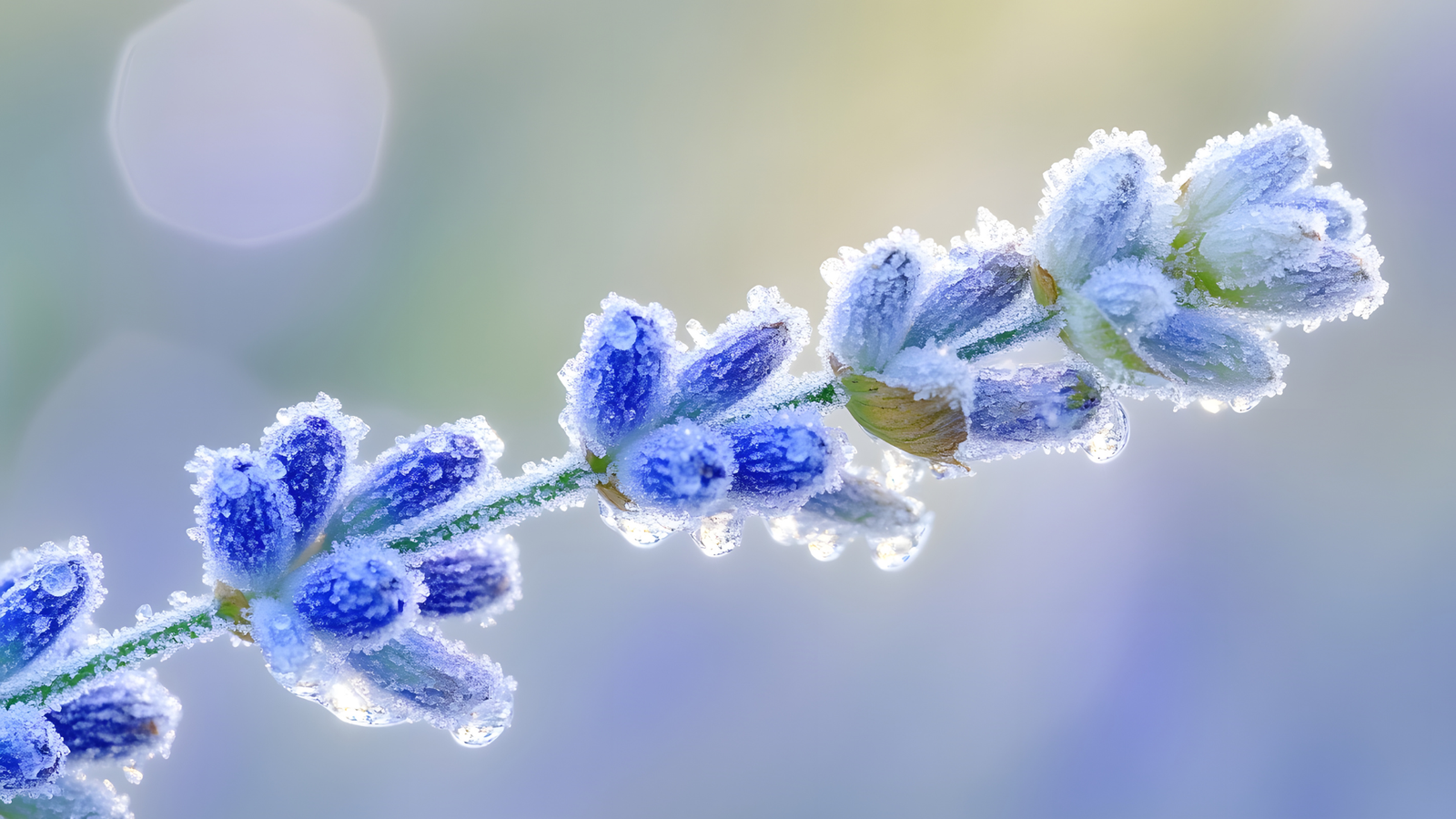How to protect tropicals, medicinals, and container plants before hard frost hits.
The first frosts have touched parts of the mountains, but many of us haven’t seen a hard freeze yet, so there’s still time to act. Not every perennial in your garden can withstand winter. Some, especially tropicals and tender herbs, need a little extra care to make it to spring.
Here’s how to help your tender perennials, like turmeric, lemongrass, rosemary, and others make it to spring.
Know Who Needs Protection
Different plants handle cold differently. Some will sleep soundly through winter, while others need shelter or to come indoors altogether.
Tropicals & Subtropicals
These can’t survive a hard frost outdoors in WNC.
Turmeric, ginger, lemongrass, moringa, neem, and lemon verbena all need to be brought inside or lifted and stored before temperatures drop below freezing.
- Turmeric & Ginger: Wait until the foliage yellows, then dig gently. Brush off soil and let the rhizomes dry for a few days before storing them in either a cool, dark, dry place, or in slightly moist coir or sphagnum moss in a breathable container around 55–60°F.
- Lemongrass: Cut back to 6–8 inches, pot the root clump, and keep it in a bright, sunny window. Water just enough to prevent drying.
- Lemon Verbena: Trim back and overwinter indoors in a cool, bright space. It may drop its leaves and go semi-dormant, don’t panic, just keep the soil lightly damp.
- Moringa & Neem: Bring indoors to a warm, sunny spot. Expect some leaf drop as they adjust to lower light; water sparingly through winter.
Marginally Hardy Mediterranean Herbs
Borderline hardy in Zone 7—may survive outdoors with protection.
Rosemary and lavender both struggle with prolonged freezes and wet soil. Good drainage is key.
- Plant in well-drained soil, and mulch after the first frost with 3–6 inches of straw or shredded leaves.
- For potted plants, overwinter in a cool, bright space, like a sunroom, enclosed porch, or unheated greenhouse. Keep them on the dry side to prevent root rot.
- If potted and they must stay outside, cluster pots against a wall for radiant heat or inside a cold frame for added protection.
Mulching & Outdoor Protection
Mulching is one of the simplest and most effective ways to protect roots and crowns.
- Apply 3–6 inches of straw, shredded leaves, or pine needles after the first frost.
- Avoid heavy mulching too early, it can trap warmth and delay dormancy.
-
Use mulch collars or row cover for rosemary, lavender, or other borderline-hardy plants in exposed areas.
Potted Plants Need Extra Care
Even hardy natives can freeze out when grown in containers. Pots cool rapidly and dry out faster than soil.
If you’re overwintering potted comfrey, mints, or other perennials:
- Cluster pots together in a sheltered, unheated area such as a covered porch or shed.
- Wrap them in burlap or old blankets, or bury pots up to the rim in mulch or leaves, this works especially well for lavender.
- Keep roots just barely moist through winter, don’t let them dry out completely, but avoid soggy conditions. Remember, moist soil retains heat, dry soil leads to cold and frost damaged roots.
Garden Cloth & Floating Row Covers
Floating row covers aren’t just for tender perennials, they’re essential for extending the fall veggie season too.
- Use frost cloth or lightweight row cover over kale, lettuce, cabbage, and other cool-weather crops to protect from light freezes.
- Secure the edges with soil, bricks, or clips to keep wind from lifting.
- Remove covers on warm, sunny days to prevent excess moisture buildup.
- For tender perennials, row cover can provide a few degrees of frost protection, just enough to get them through early cold snaps.
Cutback Timing & Fall Cleanup
Resist the urge to cut everything back early. Plants are still moving energy into their roots until frost truly sets in. Read more in our blog: Autumn Pruning Tips
- Wait until frost blackens tender growth before cutting back.
- Leave hollow stems on bee balms, Joe Pye, echinacea, and other natives for overwintering pollinators.
- Compost healthy debris and remove diseased material.
A Note on Annuals & Regeneration
Some favorites, like tulsi (holy basil) and Cordao, are annuals here in WNC. Let them go to seed naturally, or collect seed now for your spring starts.
A Little Protection Goes a Long Way
A few hours spent insulating roots, moving pots, or covering beds now can keep your tender perennials thriving.
Stop by The Farm Connection for:
- Frost cloth and floating row covers
- Organic mulches and soil mixes
- Cool-season veggie starts and hardy herbs
Winter prep keeps your garden thriving year after year. There’s still time before the hard frost, tuck your tender plants in now and rest easy knowing your garden will wake strong in spring.

